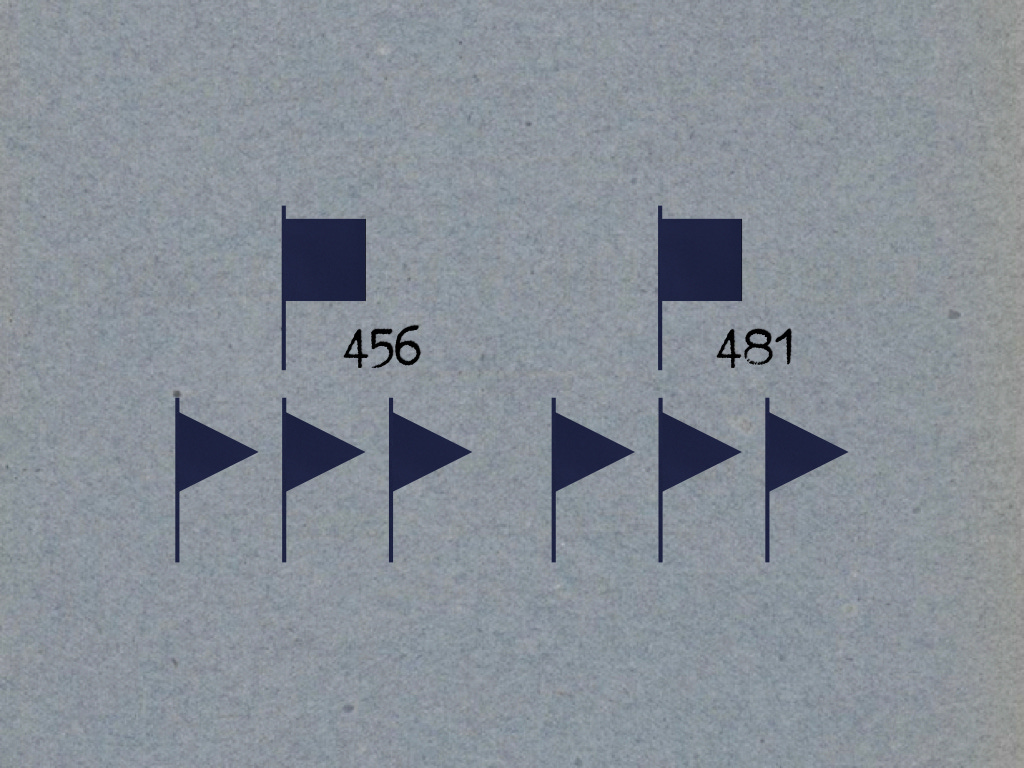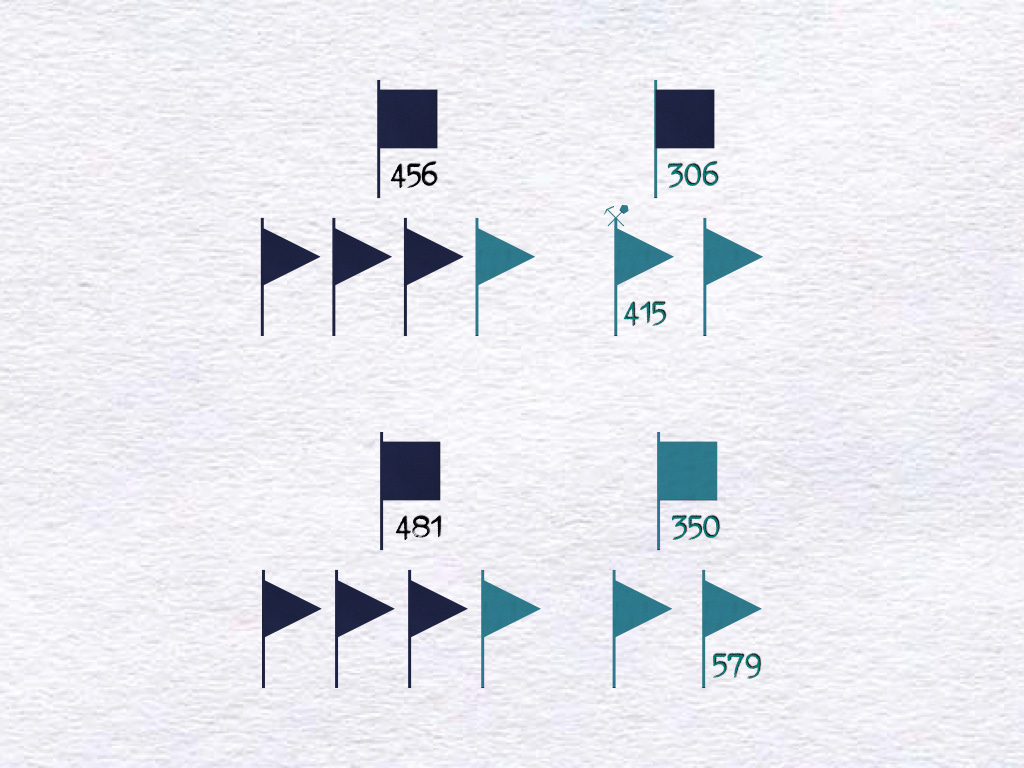A Division in the Defense (Part I)
Establishments exert a profound effect on the way armies fight. At the very least, they determine the expectations of the entire supporting establishment, they determine the distribution of resources, and they provide a mental framework for commanders. At the same time, formal organizational schemes rarely, if ever, survive prolonged contact with capable enemies. Thus, no study of tables of organization and equipment would be complete without a discussion of the violence done to them by prolonged combat. The actual organization of a German infantry division in the late winter of 1944 provides us with a well documented example of the way that standardized structures evolve into ad hoc frameworks.
When, in September of 1939, the 256th Infantry Division first took the field, it was a full-sized infantry division of three infantry regiments. By the start of 1944 it had been reduced to two three-battalion regiments. Less evident on paper (but painfully obvious to anyone who attempted to defend a substantial piece of ground) was the degree to which the infantry units of the formation had been emptied of their soldiers.
On 2 March 1944, the 256th Grenadier Division held a front, with a width of 38.5 kilometers, in the region of Vitebsk, a small city in northern Byelorussia. For this task, it received reinforcement in the form of two additional infantry regiments, both of which had also suffered heavily in recent combats, and two spare battalions. (Neither of the last-named outfits, the 415th Construction Battalion and the 579th Security Battalion, enjoyed the sort of training or armament that characterized proper infantry outfits.)
Source: Barbara Selz Das Grüne Regiment. Der Weg der 256. Infanterie-Division aus der Sicht des Regiments 481 (Freiburg im Breisgau: Verlag Otto Kehrer, 1970)







Establishments *can* do other things now … which is why regenerative networks exist… as the enemies have repeatedly done regeneration we should think seriously about network war, which is NOT electronic magic. So to this end - and above all as a counter; Netwar.
https://open.substack.com/pub/thelongnetwarred/p/networked-warfare-methods-for-us?r=91o16&utm_medium=ios